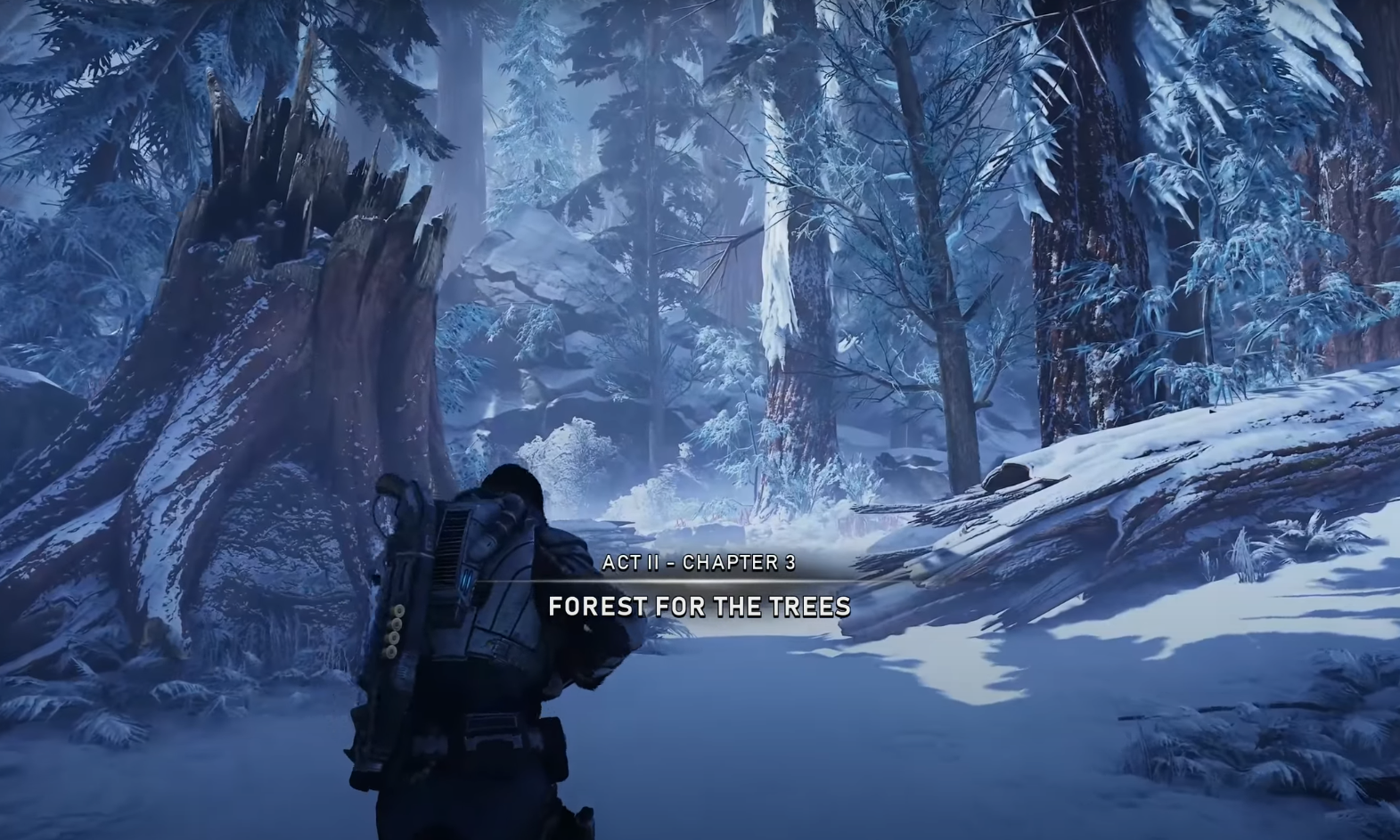Gears 5
Level Designer (Campaign Team)
- Level Owner and Stakeholder (Each design pod contained an LD, x2 environment artists, animator, embedded QA)
- Designed, Documented, and Grey-boxed levels
- Scripted (blueprint) level sequences
- Implemented all relevant gameplay interactions and encounters
- Maintained and iterated each assigned level to completion.
Shipped levels:
Act 1-2 - “Diplomacy”
Act 2-1 - “Recruitment Drive”
Act 2-2 - “Into the Wild”
Act 2-3 - “Forest For The Trees”
Act 2-4 - “The Source Of It All”
Act 3-1 - “Fighting Chance”
Act 3-3 - “Cosmonaut Training Facility”
& Supported others
Halo: Infinite
Level Design Lead
Lead Responsibilities
- Point of contact for 343 Industries
- Established new level design team, responsible for all world encounters and completed campaign sites
- Established team pipelines and task schedules
- Interviewed new-hire candidates
- Trained, mentored, supported, and reviewed design team members
- Team size: 5 Level Designers
Level Design
- Designed and authored the Halo Encounter Design Document
- Identified and coordinated 250+ world encounter locations
- Designed and implemented 40+ encounter locations. Each containing 3-5 possible unique variations
Systems Design
- Dynamic Encounter Zone System
MechWarrior 5: Mercenaries + DLC
Technical Designer
Designed and Implemented Features:
- New Dropship Start / Spawn / Extract System
- AI Driven Artillery System
- In-game Mech-switching System
- Player-initiated Airstrike Support System
- Mission Contract and Support Negotiation System
- Controls for Gamepad/Console
- D-Pad Quick-Action System
- Gamepad Aim-Assist System
- Gamepad Predictive Projectile Firing System
Feature Improvements:
- Ground-Infantry NPC System
- In-Game Map System
- Black Market System
- DLC Star Map Connection and Conditions
- Map + Mission Generators
- Redesigned New HUD
Additional Responsibilities:
- Optimization and Bug Fixing
- Release and Update Stakeholder
- Discord Moderator
- Mod Support and Point of Contact
- User Research Analytics
- Closed Alpha+Beta Test Controller and Twitch Streamer Support








































































































